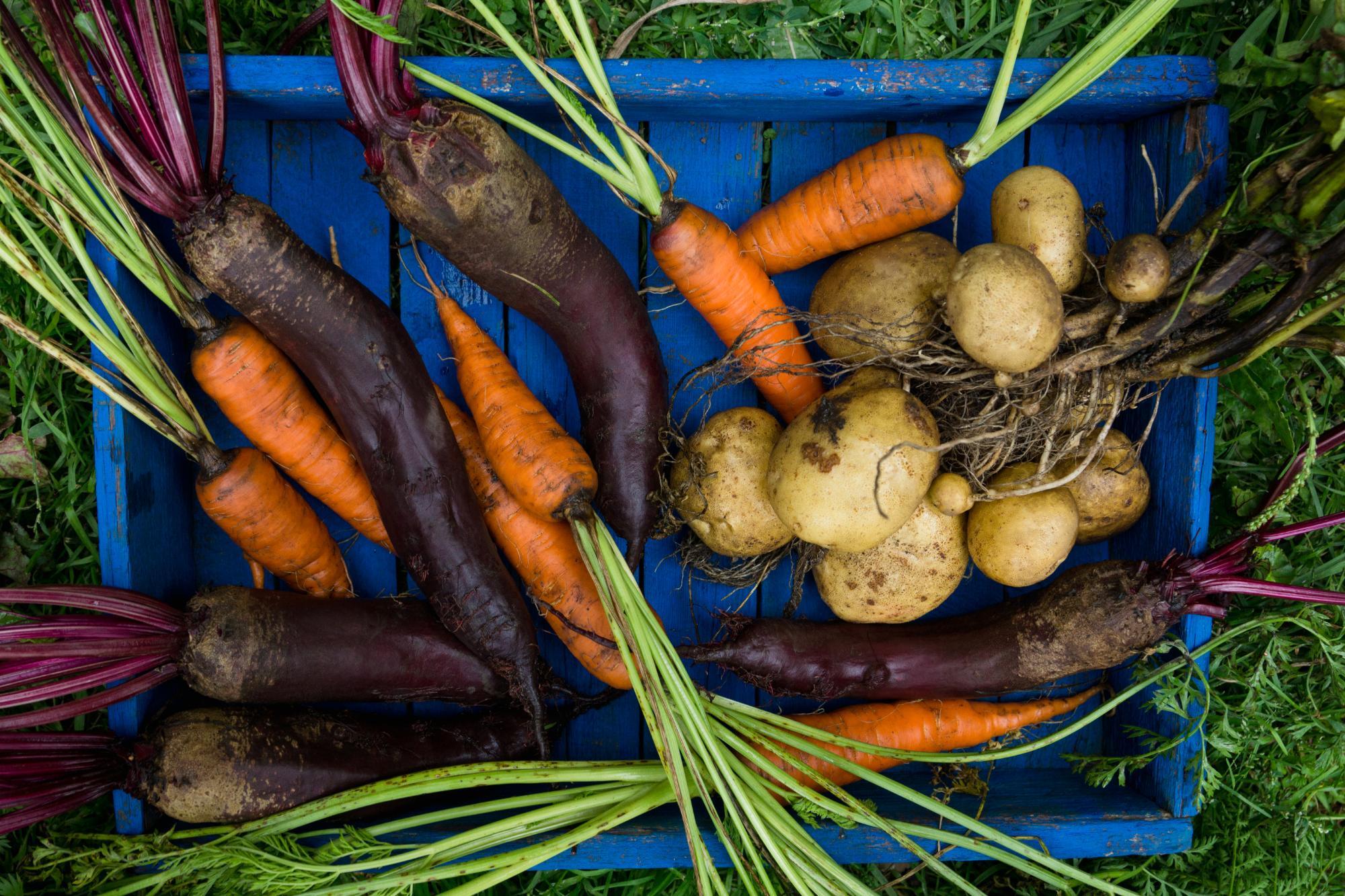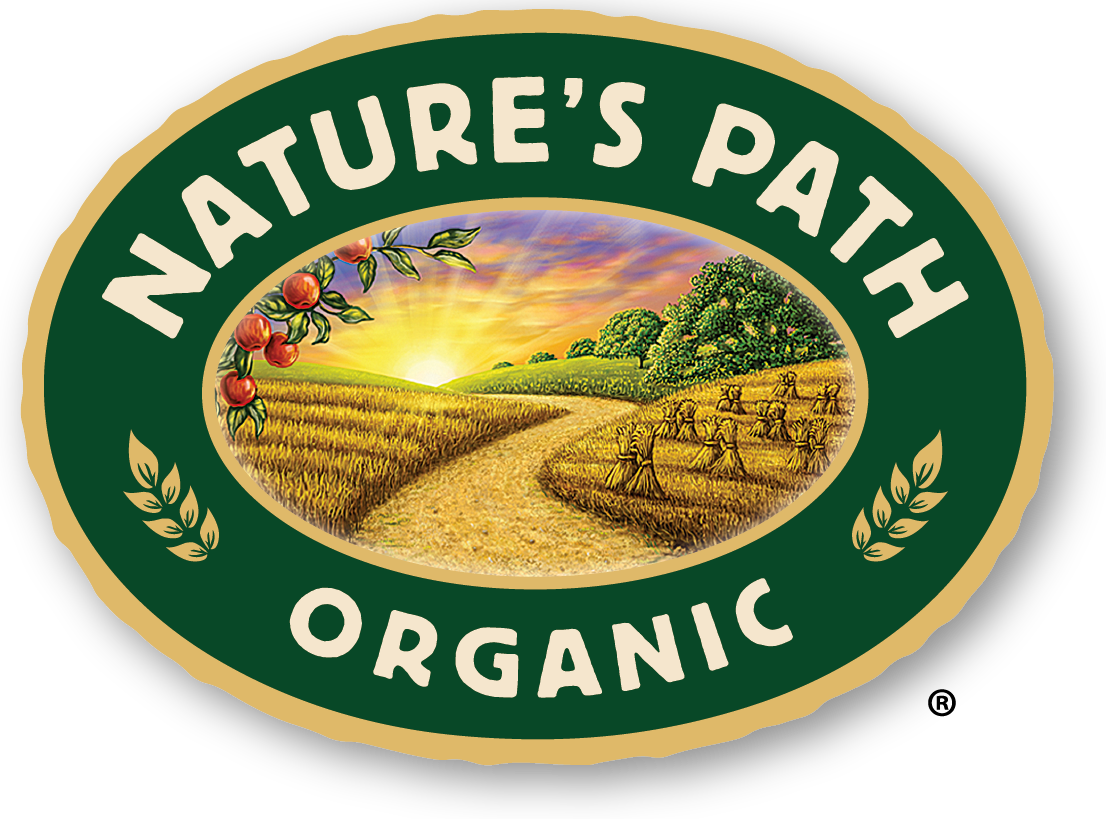
How to Grow Root Crops in Your Organic Garden
To pull fresh produce out of storage in the middle of winter is to be transported back to the long, warm days of summer. Root crops are some of the easiest to store, whether you have a root cellar or an unheated garage or basement. Add beets, carrots, turnips, and parsnips to your garden plan, and enjoy them this time next year!
Root crops are easy to grow, but they are not without their quirks. The magic is in good soil, proper bed preparation, thinning the seedlings, and adequate watering.
Soil and Bed Prep
- Your soil needs to be prepared deeply. Turn it to a depth of 12” to make it easy for root crops to grow down and straight.
- Root crops need a soil pH of 6-6.5. Do a soil test, and add amendments as recommended. Roots need extra phosphorus (the P in N-P-K), which can be found in bone meal, wood ashes, and rock phosphate.
- Incorporate high quality compost or well-rotted manure for good drainage, air circulation, and slow release nutrients. If manure is not aged, it will add too much nitrogen, giving you more top growth than root growth. It may also burn new seedlings as they germinate, and it could introduce weed seeds. I personally prefer plant matter compost to animal manure.
- After tilling, rake the seed bed smooth, removing rocks, stones, and soil clumps. These are obstacles to robust and straight root development. You need a light, well-draining seed bed. If your soil is heavy or rocky, consider short varieties, raised beds, or containers.
Planting and Thinning
- Root crops like cool weather. Direct seed into the garden in spring when the soil temperature is 50º-60º.
- Leave 12” between rows. Follow instructions on the packets for seed spacing and planting depth. Water in your planted seeds, and cover with a light layer of straw to hold in moisture to help with germination.
- Thinning is a crucial part of growing root crops. Crowded plants will reduce your yields. Leave the strongest plants to grow to maturity. Optimal spacing for beets and parsnips is 3-4”, carrots 1-3”, and turnips 6-8”. Wash your thinnings, and toss them in a salad or stir fry.
- Succession plantings every 2-3 weeks in summer, and a late summer planting for fall digging will provide a bountiful harvest for the whole year.
Watering and Weeding
- Root crops need an inch of rain or irrigation water per week. When you seed your rows, install drip irrigation. Water deeply to encourage roots to reach down into the soil. If you have sandy soil, you may need to water twice a week.
- Root crops are easily smothered by weeds. When the plants are a couple inches tall, mulch between the rows and as close to the plants as you can get. Pull or hoe weeds carefully when they are small, so as not to disturb the roots you are trying to grow!
Pests and Disease
- There are several insect and disease problems with these different vegetable varieties. Some attack the roots, and some the leaves. You can prevent or lessen them with cultural practices, such as crop rotation, keeping plants well-watered, using row covers, and buying seed of disease resistant varieties. Check out this in-depth information on root crop pests.
- With root crops, we don’t always find out if there are problems until harvest time. The best way to succeed is to take extra care in growing them. Study these detailed growing instructions, and always refer to your seed packets.
Harvest and Storage
- During the growing season, you can harvest the leaves of beets and turnips. Cook as you would any greens. Carrot tops are good for soup stock or feeding the chickens.
- Root crops are generally a usable size 60 days from germination. However, the small, young roots are very sweet and tender, and easy to cook. If left in the ground long after their maturity dates, though, roots become woody and inedible.
- For storage, let them air dry a few days to toughen their skins. There is no need to wash them! Cut the foliage off. Store just above freezing with a very high humidity. A root cellar is ideal, but there are other options for unheated spaces. I have a mini-fridge that I use for winter crops.
- Next winter, you can still be eating beets, carrots, parsnips, and turnips from your garden if you are attentive during the growing season. You won’t regret that little extra time and effort!
Improve your organic garden year round! Check out our 12-month guide.

